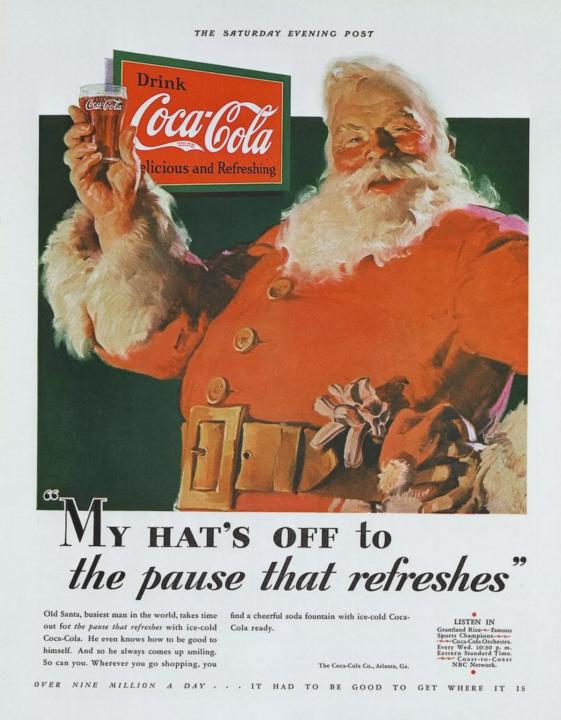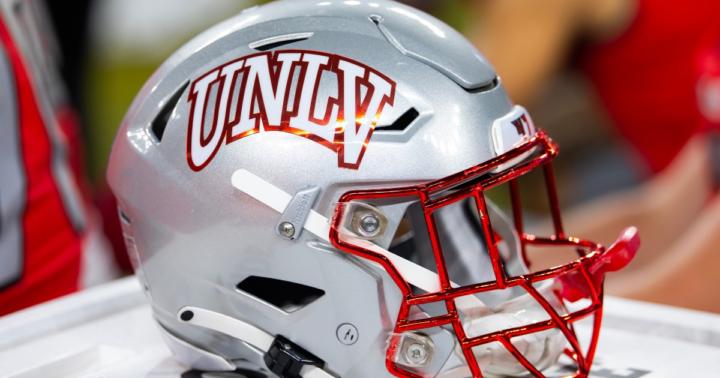TOO BUSY TO READY THIS?
THIS MAY SAVE YOUR CAREER FROM ROBOTS! Being BUSY is a TRAP.* (don't skip #4 — or Mike's Mantra at the end💥) _ _ _ 1. Behavior rewarded at school, but punished later in life: Doing the work without asking why. 2. Behavior punished at school, but rewarded later in life: Asking “Why am I working on this?” 3. The energy razor: If you don’t schedule actions that produce energy, assume they’ll never happen. If you don’t monitor actions that drain energy, assume they’ll keep expanding. All low agency roads lead to entropy. 4. “If you're busy at work, odds are you will eventually be replaced by a robot.” - Nassim Taleb 5. “It’s become the default response when you ask anyone how they’re doing: Busy! So busy. Crazy busy. It is, pretty obviously, a boast disguised as a complaint…. Notice it isn’t generally people pulling back-to-back shifts in the I.C.U. or commuting by bus to three minimum-wage jobs who tell you how busy they are; what those people are is not busy but tired. Exhausted. Dead on their feet.” - Tim Kreider 6. The busy trap: Being busy today causes you to be busier tomorrow. You never get the time to question, delegate or prioritize your schedule. 7. Sign of being too busy: You don’t know what the most important question to solve is. Hint: If you don’t know what the most important question is... Good news: You’ve just found that question. “What is the most important question I should be thinking about right now?” 8. Bringing a Victorian factory worker mindset to the age of infinite leverage is like bringing boxing gloves and a mouthguard to a drone war. 9. “There’s so many people working so hard but achieving so little” - Andy Grove 10. “You waste years by not being able to waste hours” - Amos Tversky
1
0
You're welcome, Santa.
We've all heard the basic story, that Coca Cola "invented" Santa... except that's not true, is it? The iconic 1931 Santa campaign was dreamed up by the D'Arcy Advertising Agency, with executive Archie Lee commissioning illustrator Haddon Sundblom to create the warm, human Santa that became the standard image we know and love today. However, the legend of St. Nicholas goes back to the 1300's, in England, Father Christmas was making the rounds and it was the immigrant Dutch in New York who really got the ball rolling in the U.S. in the early 1800's. Add Clement Moore's "Twas the Night Before Christmas" poem — a big hit in the 1820's —and Christmas (and Santa) was off and running. BUT even that, doesn't really tell the true story. Santa had been linked to sell other products, books and was famously depicted by Thomas Nast in 1881, Wizard of Oz writer L. Frank Baum in 1902 and Norman Rockwell had been using him on Saturday Evening Post covers throughout the 1920's.
2
0

TAA Spec Ads_Pt 2_R1
Reporting live from the middle of the night, I have "finished" another set of spec ads for The Ad Agency. It all started when my real job asked me to come up with some headline ideas for an on-the-go professional training app that is (according the the brief) "like Spotify, but for professional growth." This could be interpreted in many ways, but a path I kept going down was that this developmental app was for those who are serious about climbing the ladder and aren't going to wait for someone to tell them what they need to do to get the next promotion*. Sounds a little familiar to the Ad Agency classroom feature, right? So after sending them a more refined list of ideas, I started mocking up some ideas of a campaign for TAA that follows a similar idea. At first I was going a little narcissistic in-your-face, with the headline "Are You Serious Right Now?" but I changed course to a more motivational, we believe in you tone. This is an AI-less project, and I am no graphic designer, so judge me not on the fine details of photoshop and indesign. Let me know what you think, what stands out, and what I could change to make these ads more effective and interesting! *Full idea dump list in comments.

Branding in the NIL age...
UNLV's deal with Acesso Biologics isn't a direct NIL deal for players, but a landmark five-year, $11 million corporate sponsorship for jersey patches, covering football, men's/women's basketball, and baseball, creating revenue for athletics and paving the way for future NCAA deals as they await a vote on patches. Here are the key details: - Total Value: $11 million. - Duration: 5 years. - Sponsorship Area: Branded patches on jerseys for major sports. - Significance: First of its kind in college sports, allowing UNLV to generate revenue from jersey sponsorships. What do you think of this new precedent for the NCAA?
3
0

What do you think of Apple's "accessibility ad"?
22 million views on YouTube in 6 days. _ _ _ Created by TBWA/Media Arts Lab
1
0
1-30 of 75
powered by

skool.com/the-ad-agency-9186
Grow your SKOOL, your BRAND & your CAREER 😁 by CONNECTING with AD CREATIVES! 😎
Suggested communities
Powered by


